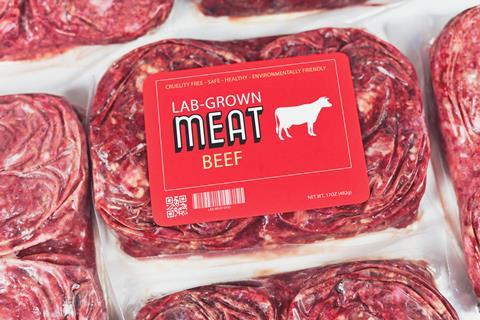
Anyone who spends time considering the future of global food systems quickly comes to the depressing conclusion that we eat too much meat. As a driver of deforestation, and because feedstocks take up around 70% of global cropland, animal agriculture is already a huge burden on the planet.
The problem is, as economies develop, they understandably want to eat as much meat as rich people, driving demand ever higher. If we do not radically change path, by 2050 there will be no tropical forests left on earth and the greenhouse emissions from agriculture alone will have exceeded Paris Agreement targets.
So, it was refreshing to be at the scientific kick-off for the Bezos Centre for Sustainable Protein recently, surrounded by super-smart people working on this problem. Finding ways to make plant proteins more delicious, convenient, cheap and compelling could go a long way to solving these problems.
But if the mix of speakers was anything to go by, a lot of people are counting on another technology to solve these meaty problems. A huge amount of money, time and intellectual resource is being thrown at cellular agriculture – in particular, the possibility of growing meat in fermenters to replace the need for chickens, pigs or cows.
The logic is sound. Animals are inefficient protein conversion machines, with the average head of cattle needing 25 calories of feed to produce one calorie of meat. A fermenter should, in theory, be able to produce one calorie for every two calories of growth medium, leading to vastly more efficient meat production.
In addition, there would be no climate-wrecking methane burps, no need for slaughterhouses and far fewer ethical considerations. We can still eat meat but do so guilt-free. It’s no wonder that’s where all the investment cash is headed.
Except it’s not that simple. Despite wild claims, we are far away from a viable consumer product being produced at scale. So far away that it is laughable to suggest cell-grown meat will make any inroads into global consumption within 25 years.
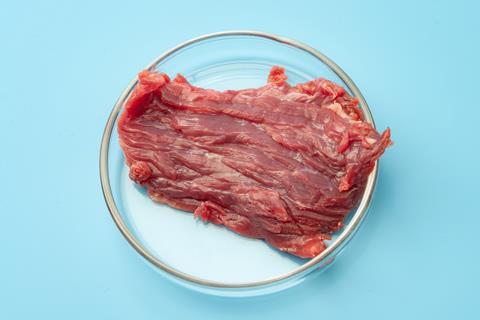
Right now, to produce 1kg of unappetising cellular meat sludge, the growth medium alone will cost around £170. That’s before you have built infrastructure, compensated investors, paid for utilities, employed skilled technicians, and considered making a profit.
To create fermenters capable of matching just 10% of the 300 million tonnes of meat produced each year would require multiple trillions in investment. Producers will then need to overcome numerous headaches surrounding the scaling of mammalian cell cultures – something the biopharma industry has been unable to solve in decades of trying.
Cellular agriculture might have a limited role to play in the future of food, but as a scalable alternative to commodity meat production, it’s a car crash. I’ll be a very old man in 2050, but if I’m still around, I’ll happily be cashing in my betting slip that says there still won’t be a cellular-grown steak for sale in my local Tesco.
The challenge of growing better quality, more diverse plant proteins and making them into delicious foods is something we could address. At a global scale, the vast majority of people are always going to be fed by farmers growing stuff in fields.
If we invested serious money in making that stuff healthier, cheaper and more delicious than meat, then we might see some real change. But while so much energy is being channelled into the white elephant dreams of tech-bro disruptors, we are failing to address the urgent problems in front of us.
Anthony Warner, development chef at New Food Innovation and author of The Angry Chef


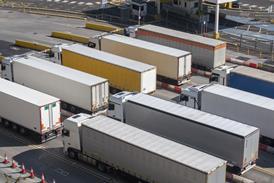
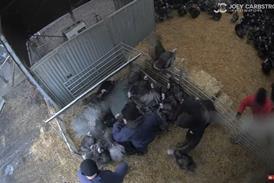




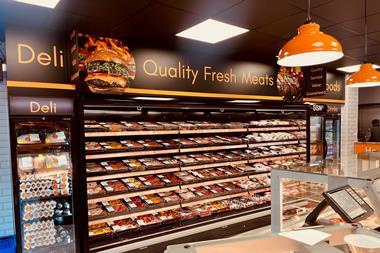
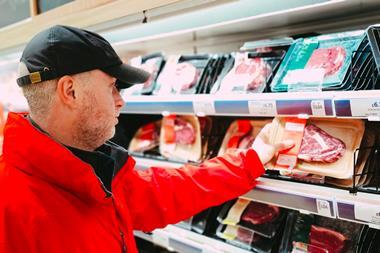


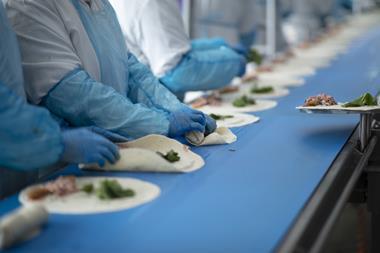






No comments yet